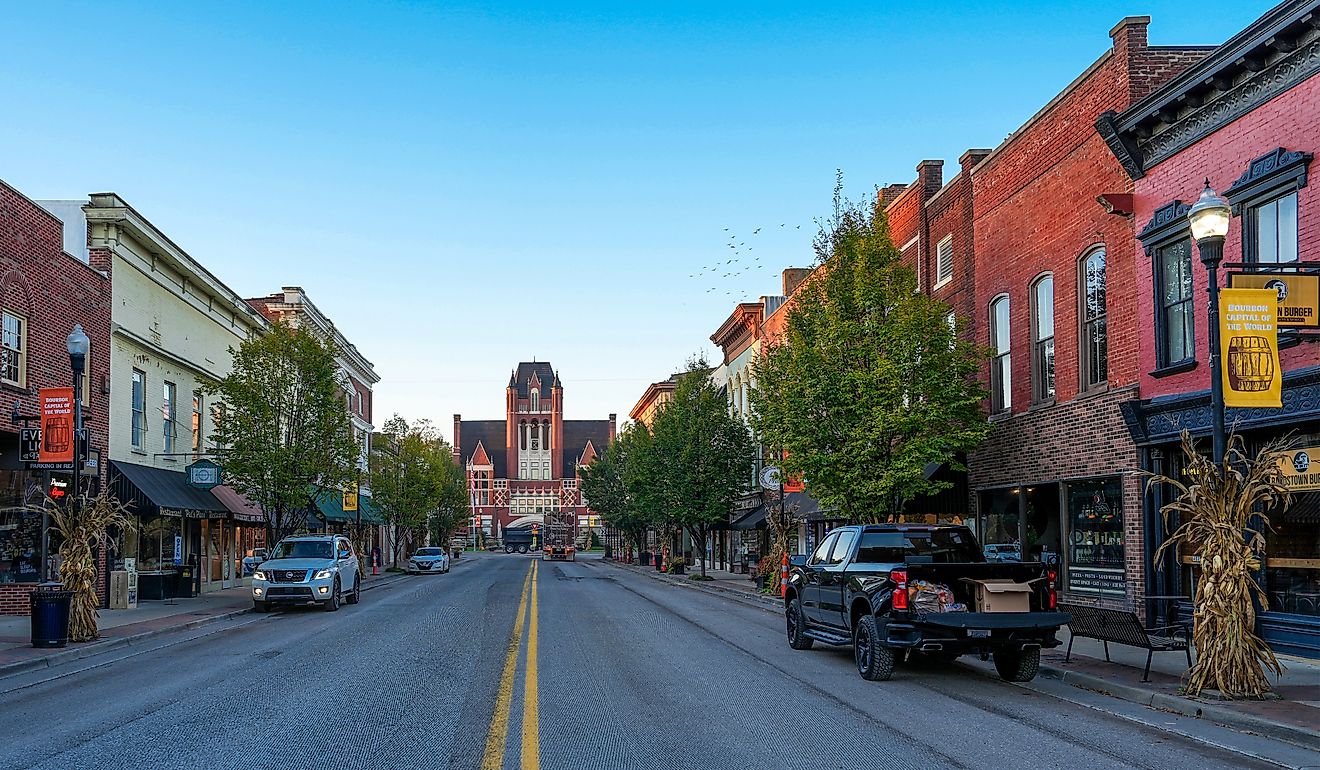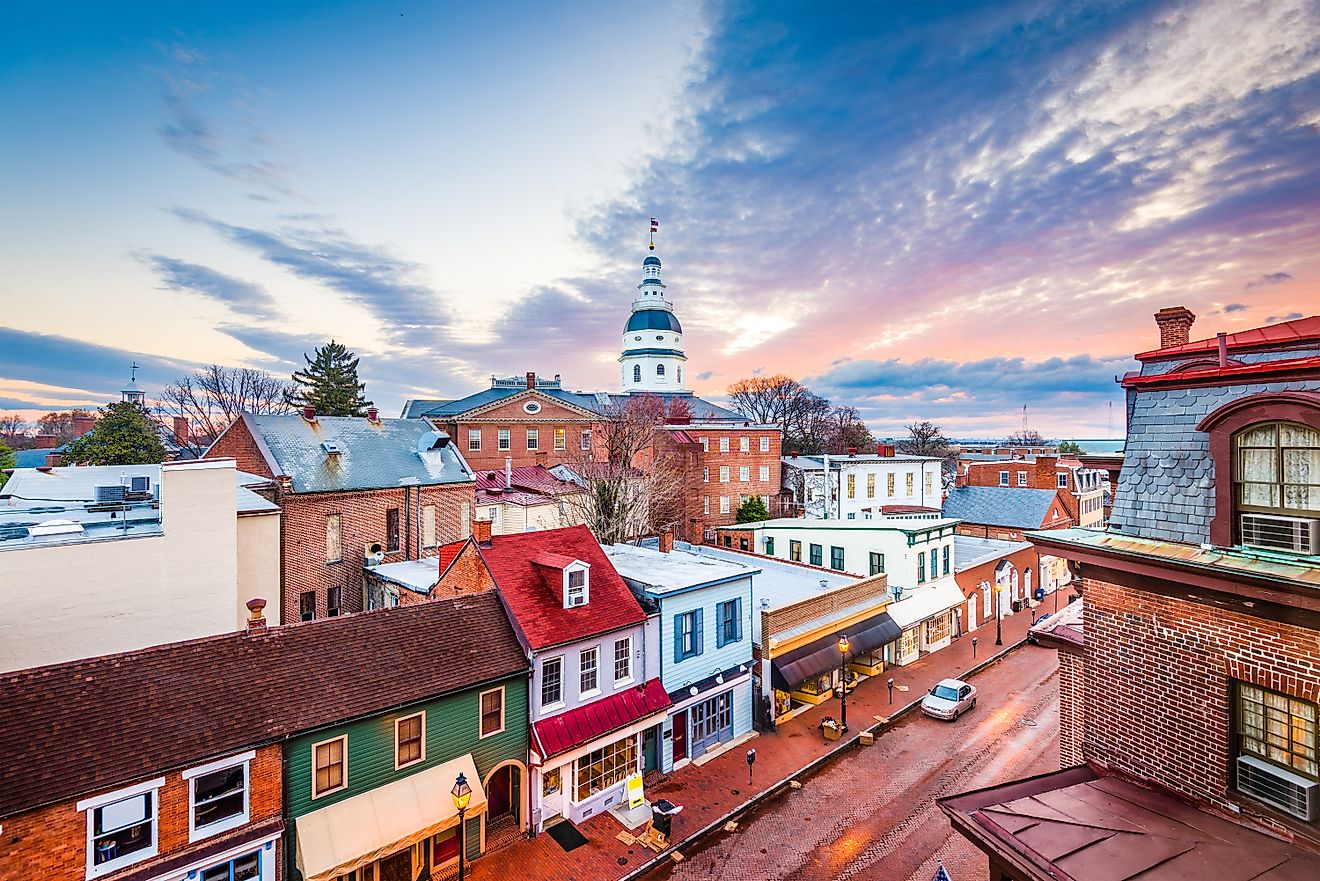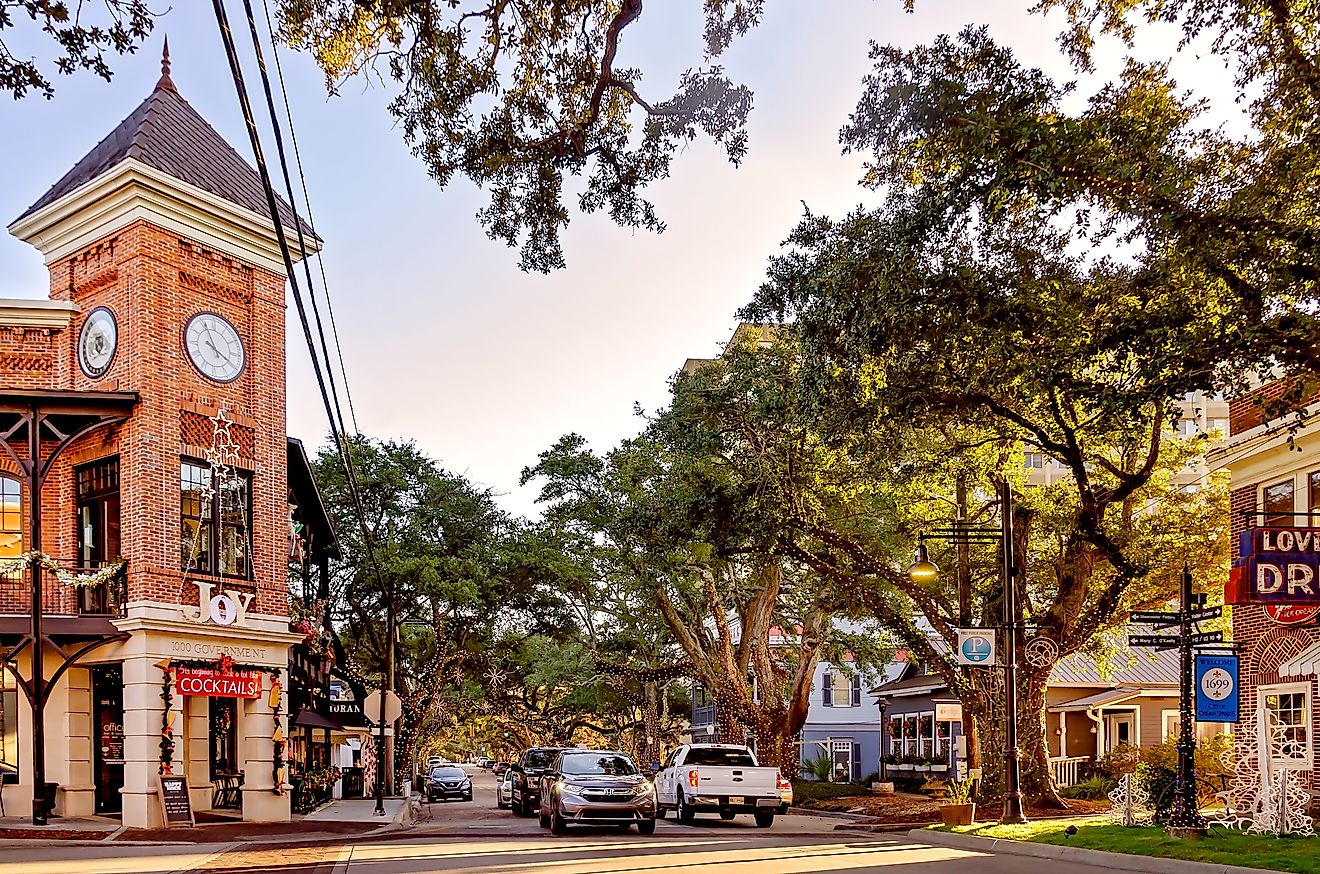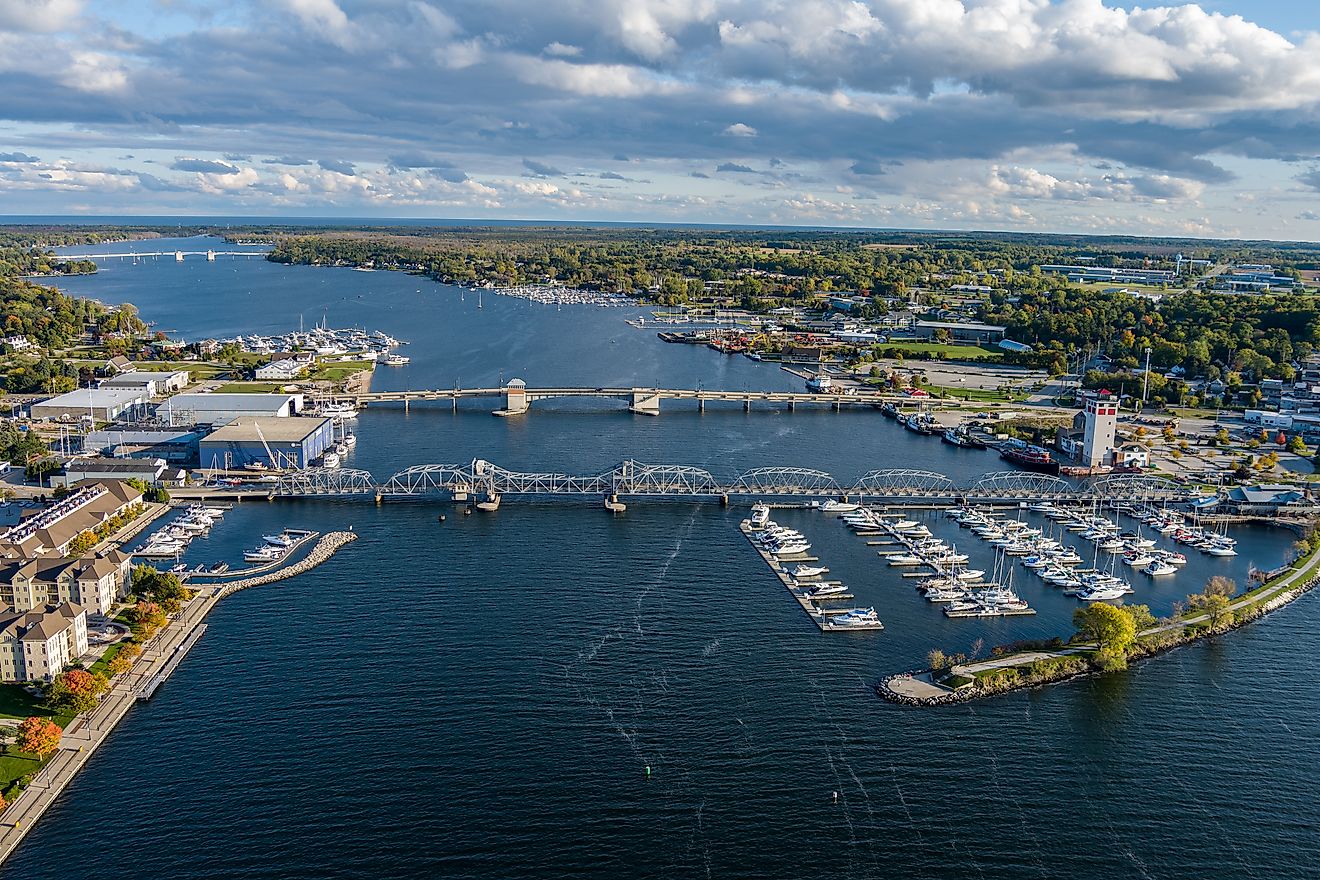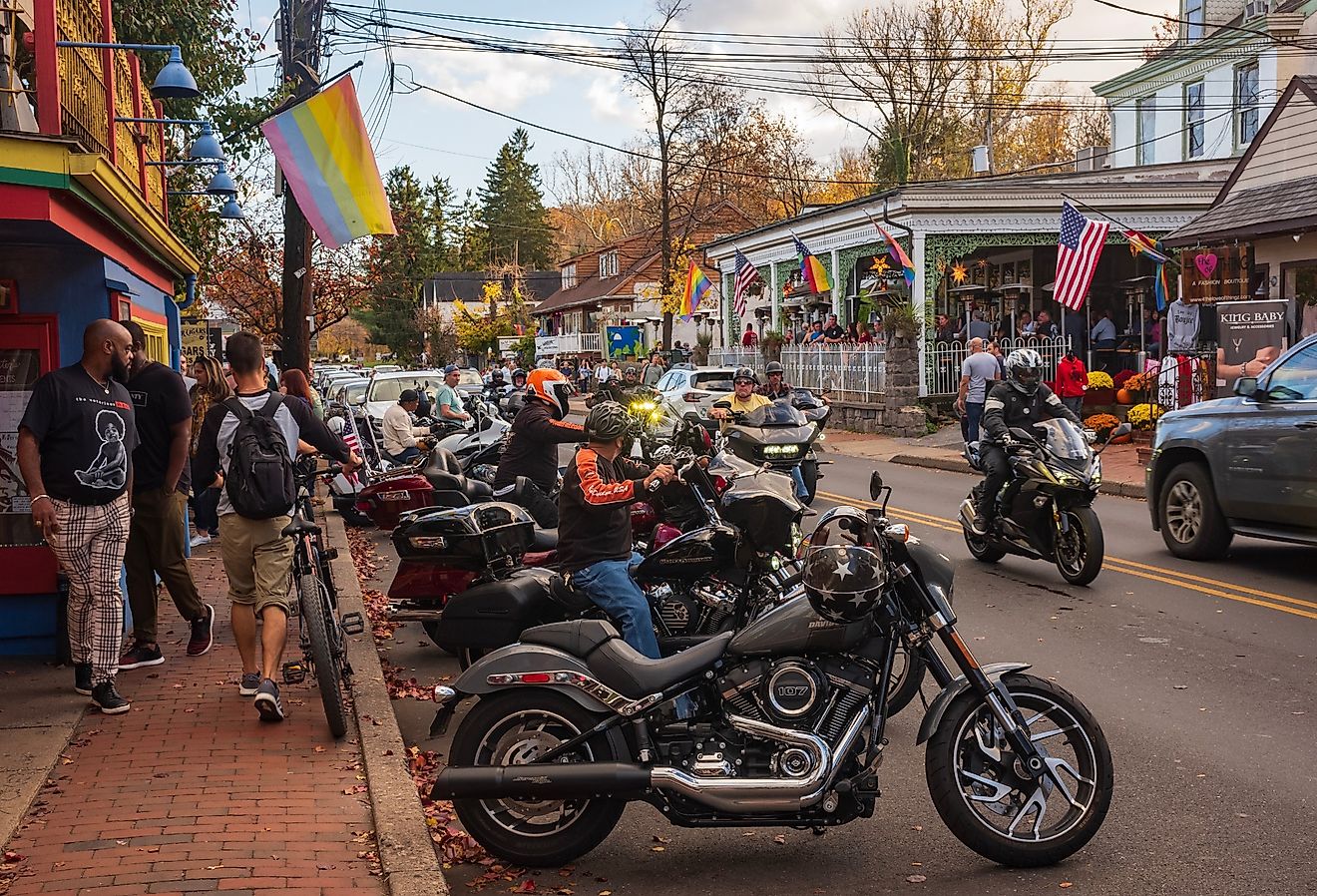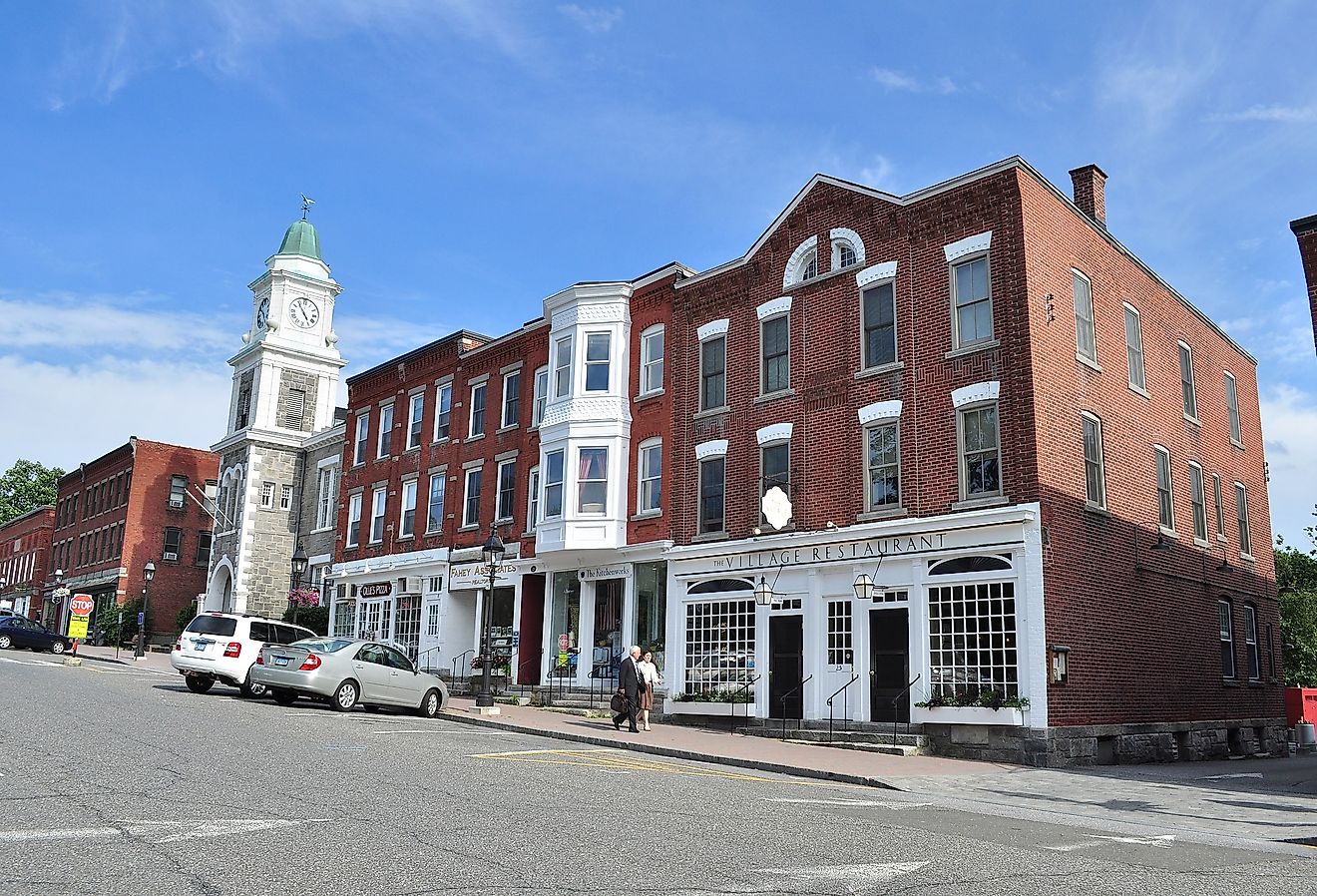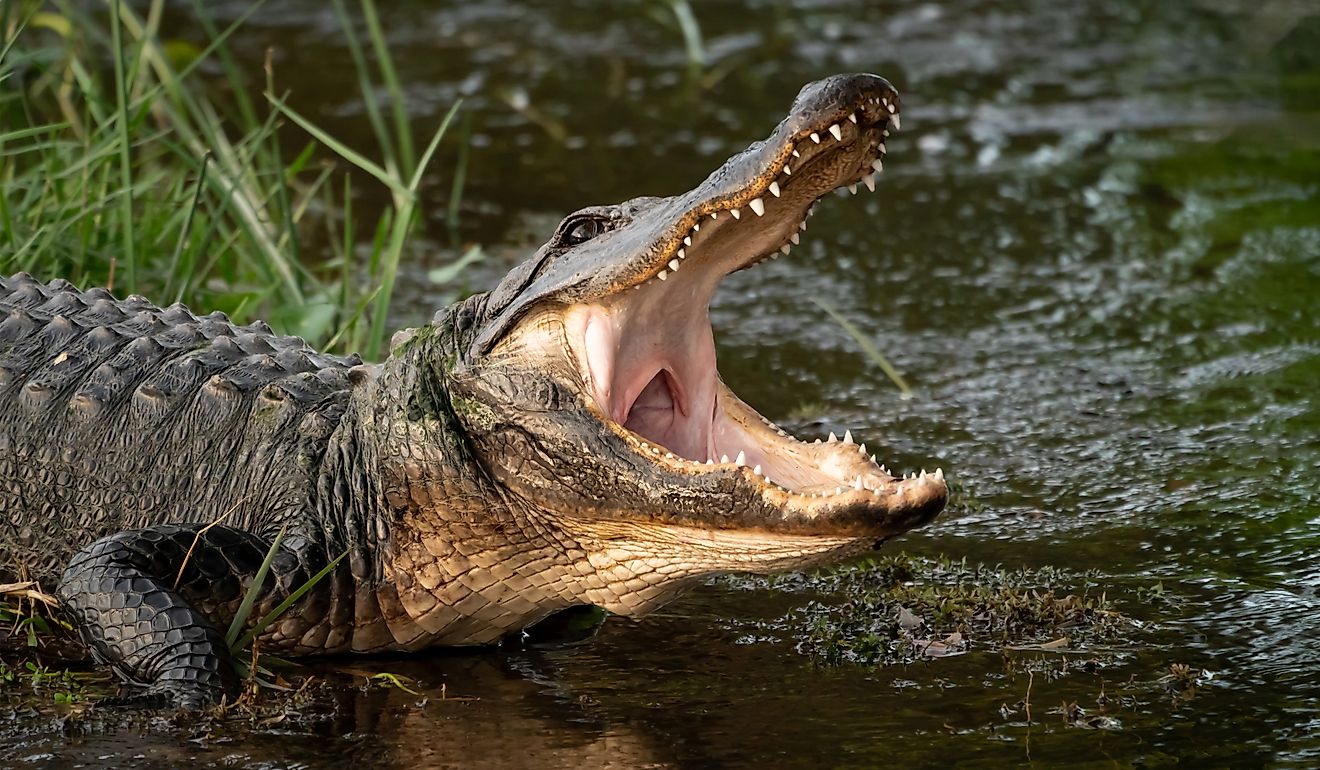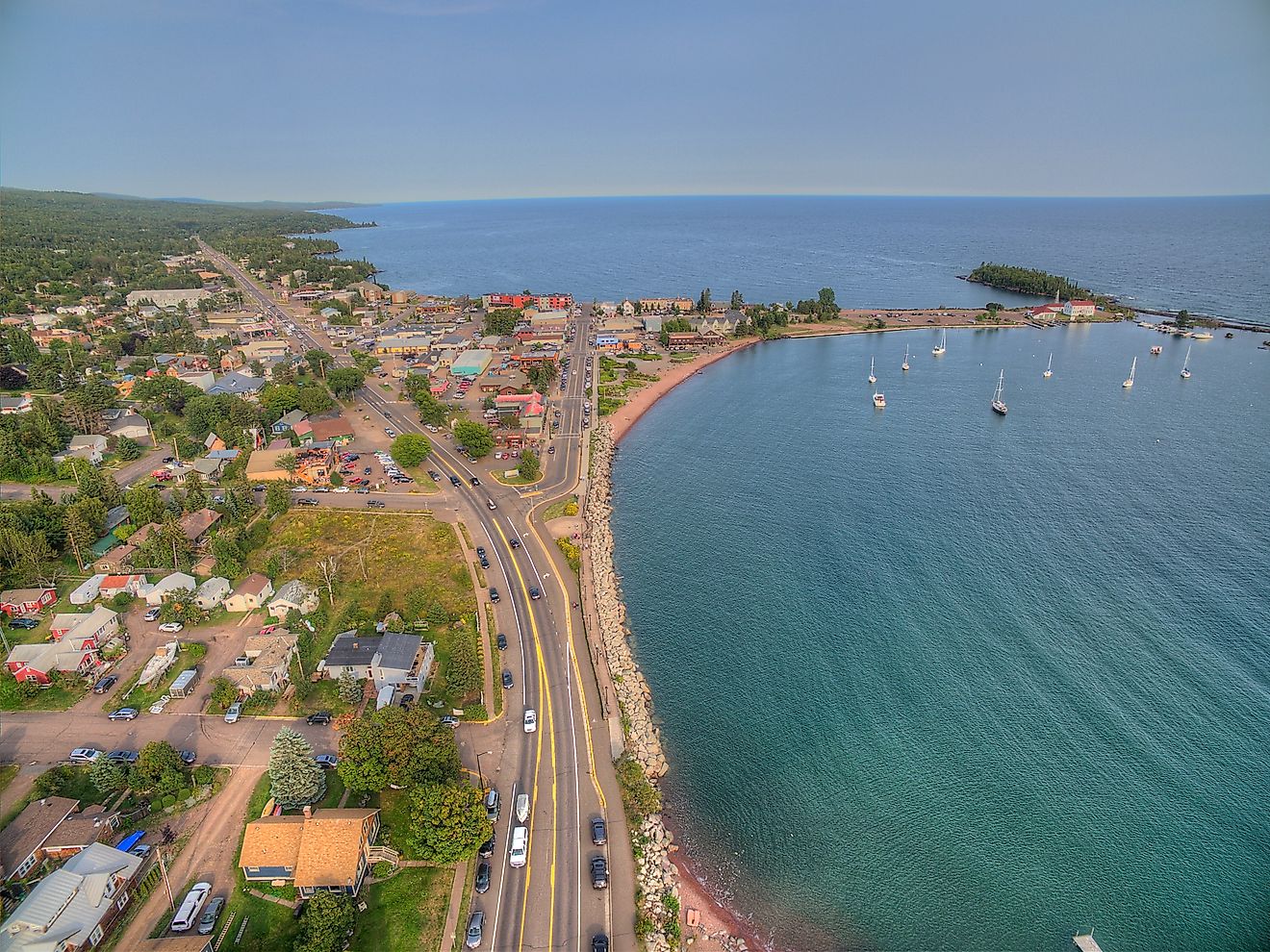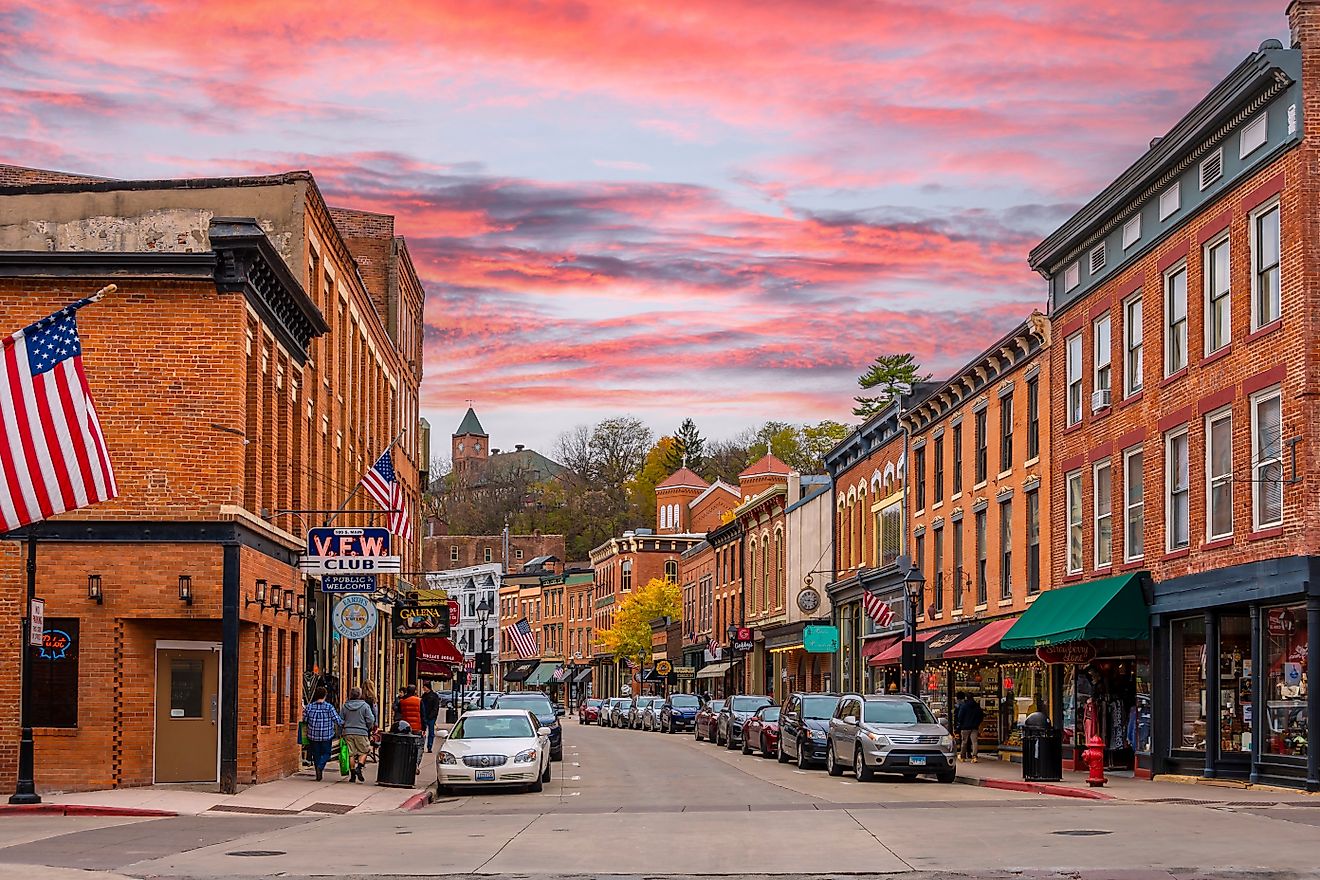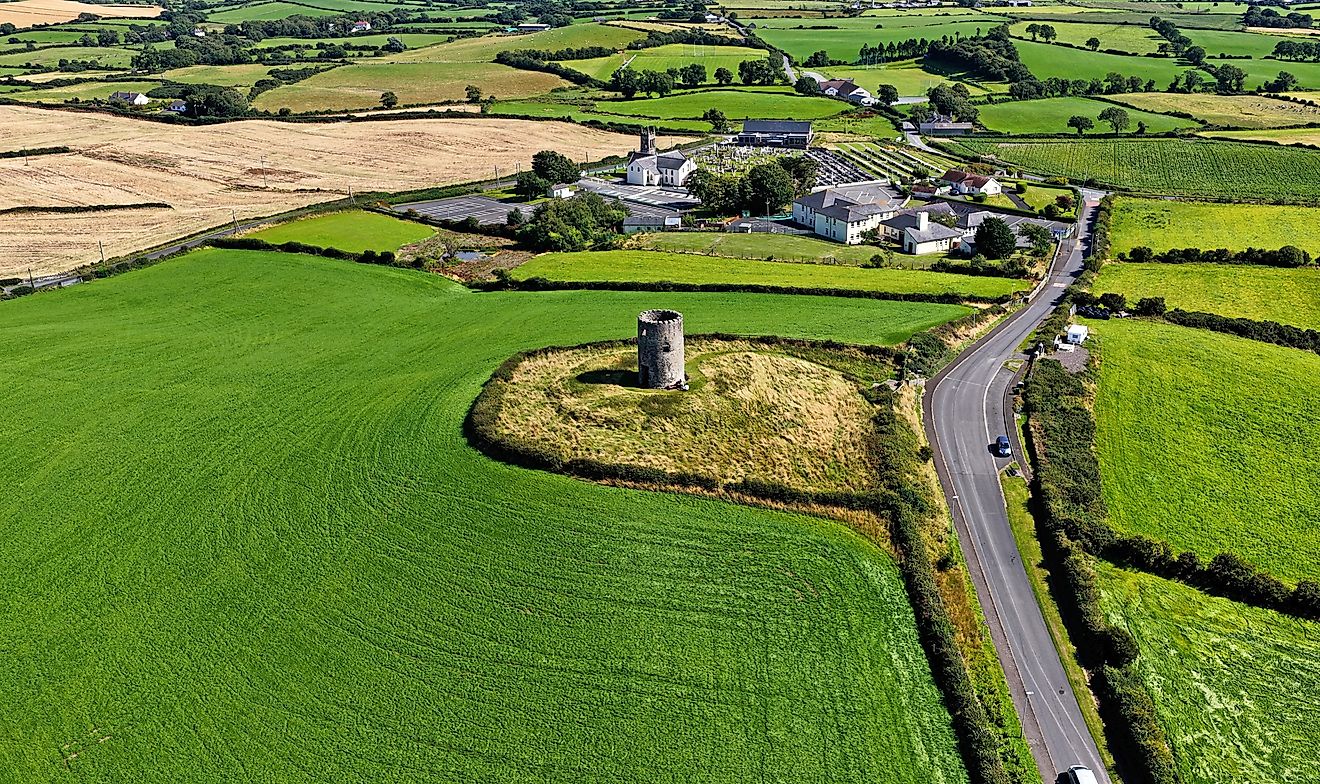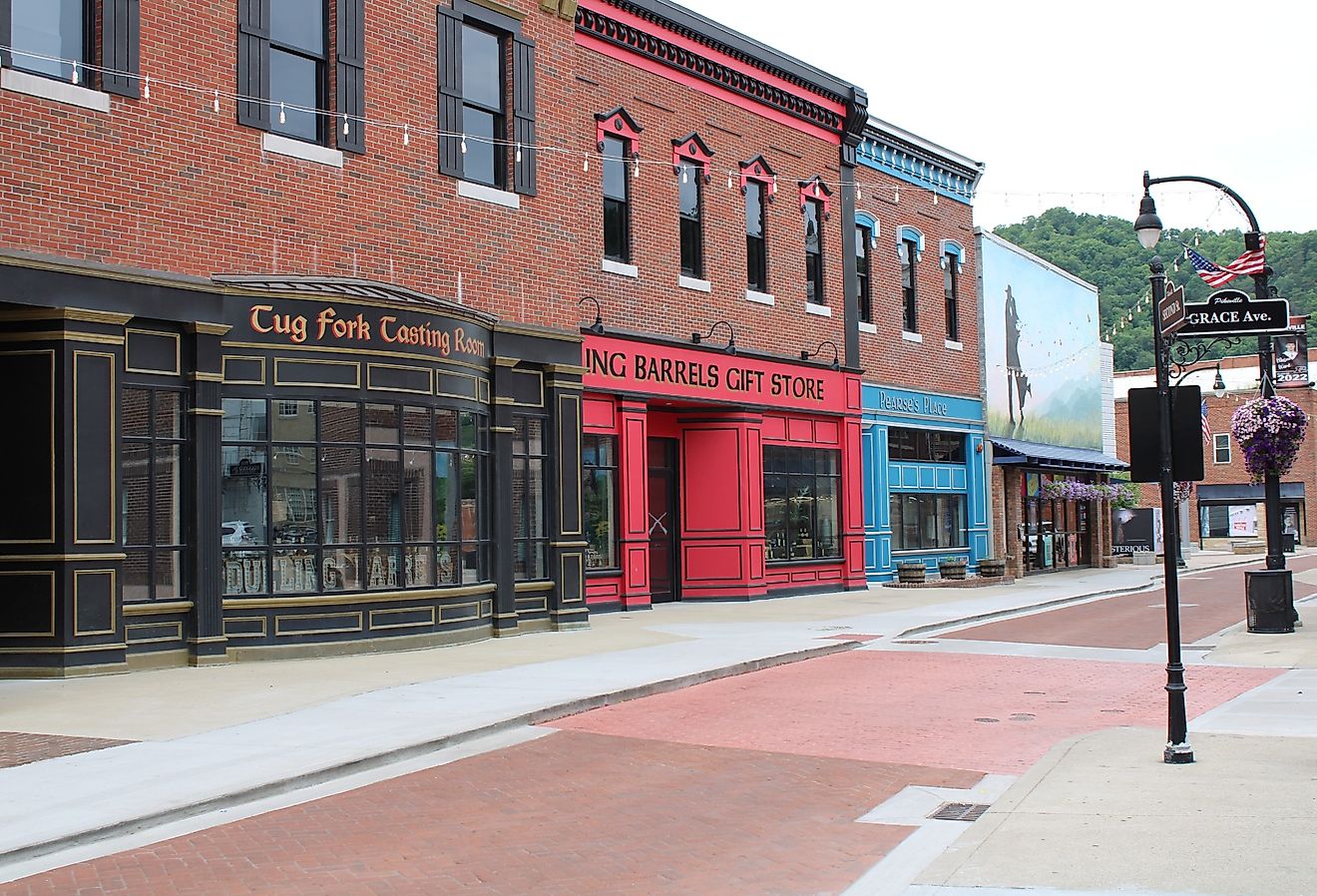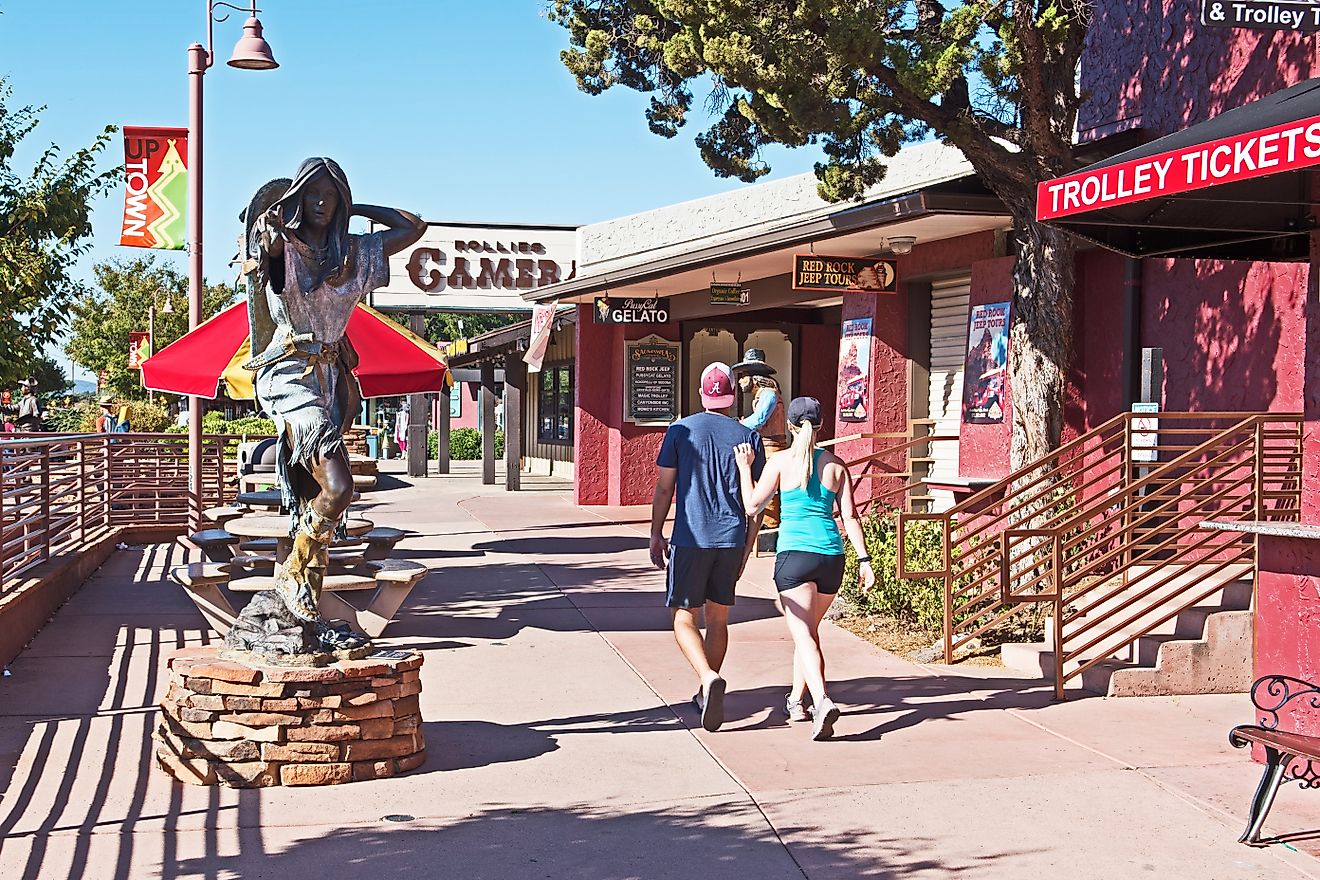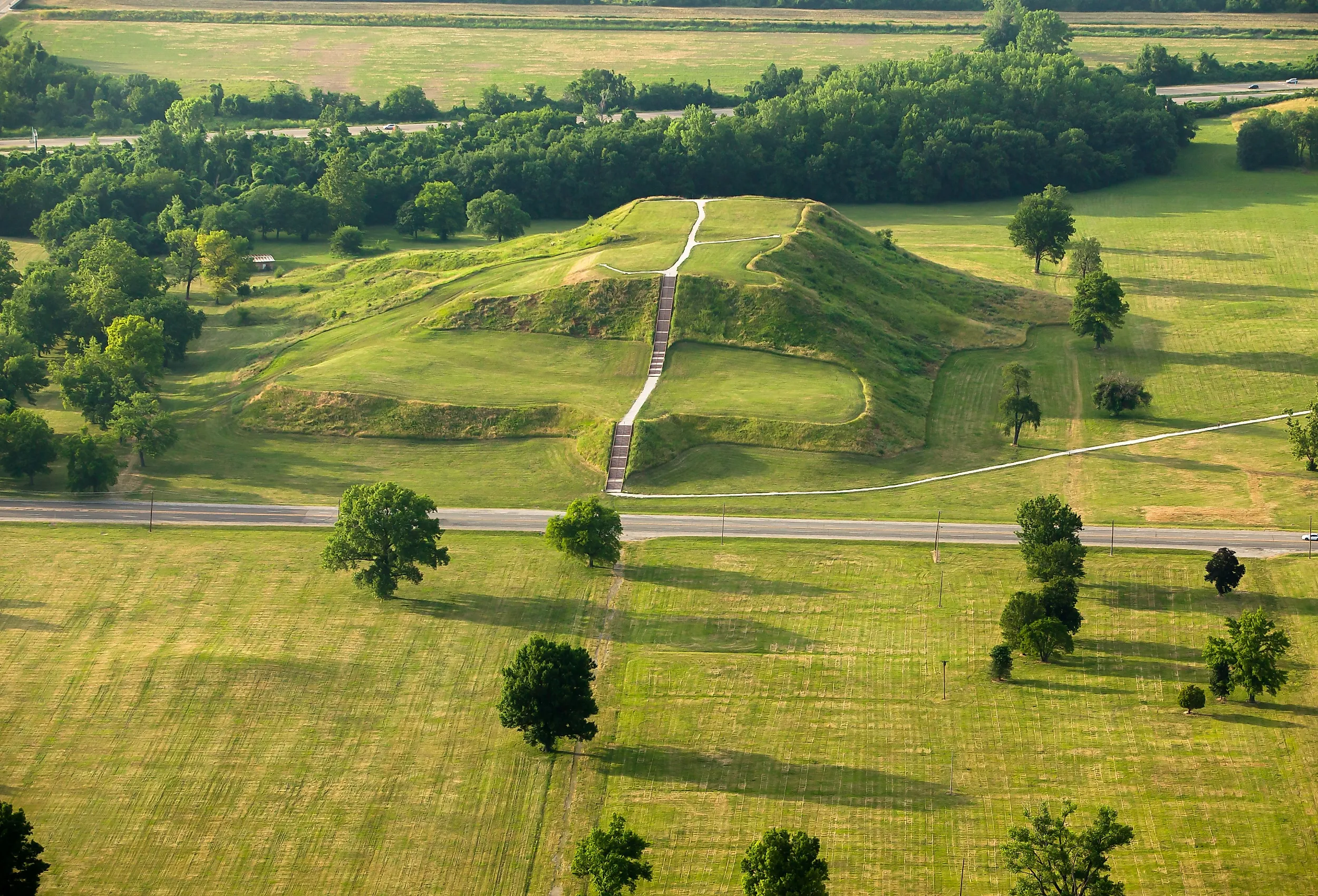
Cahokia Mounds State Historic Site
The significant historic site of Cahokia Mounds, situated in present-day Illinois, is the most advanced prehistoric indigenous civilization north of Mexico within the American continent. It was home to the indigenous peoples of the Middle Mississippian culture from the 9th to 14th century until the city's unfortunate decline. During Cahokia's prime, the town rivaled London's size and population at the time, but due to no written or oral history, the original name of the city is unknown, and Cahokia is a name given to the civilization by Europeans.
The History of Cahokia Mounds State Historic Site
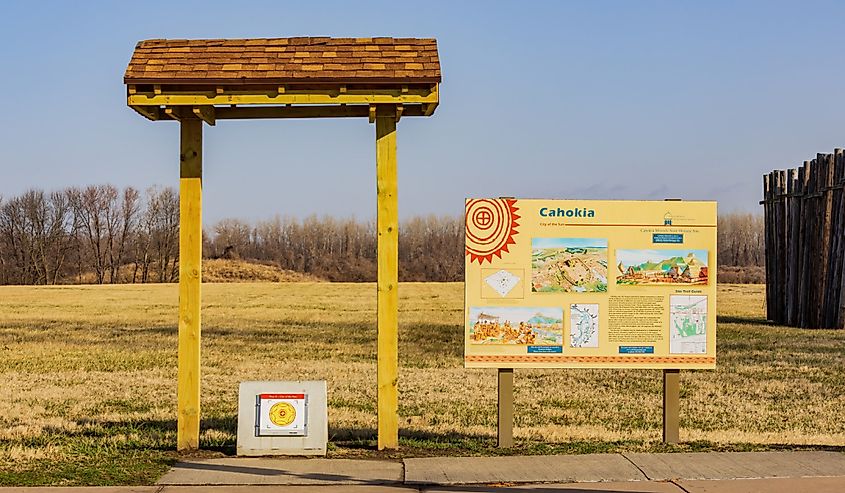
Even before the establishment of the great city of Cahokia, members of the innovative Middle Mississippian culture had been living and practicing agriculture. They settled in the region referred to as "American Bottom," not too far from St. Louis, situated between numerous major rivers and near bodies of water such as Horseshoe Lake. From pollen samples in the area, scientists noted that the disappearance of tree pollen around 450 CE and the rise in the number of pollen samples from crop species such as squash and sunflower indicates that the middle Mississippian culture had begun clearing trees in the area and planting crop species.
However, the most prominent change scientists noticed was in the year 900 CE with the introduction of corn from the southwest. This leads scientists to the assumption that higher volumes of corn production may have been what catapulted the growth of Cahokia. This may be due to the fact that corn is a crop that requires those harvesting it to stay in a specific area for longer periods of time. As more people settled, they planted and harvested more corn to feed a larger number of people. This, in turn meant the city grew.
This carried on until 1050 CE when Cahokia experienced what some may consider a period of enlightenment or big bang which included massive construction projects, change in political structure, population boom, or advancement in technology. However, due to a lack of written and oral history, the real cause of this boom is unknown, but scientists believe corn played a part.
Construction of Cahokia Mounds State Historic Site
Out of the approximately 80 manmade mounds, the most profound structure in Cahokia is Monks Mound, named by American settlers, and is the largest man-made mound north of Mexico.
Monk's Mound
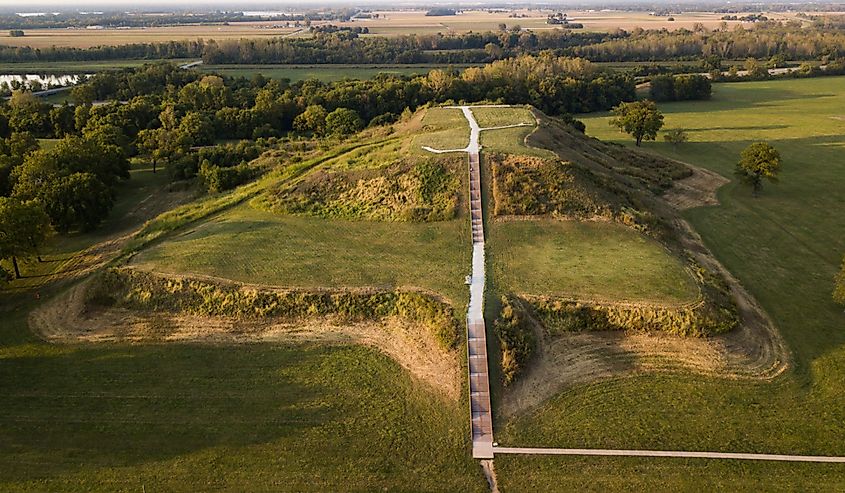
This humongous structure is a whopping 100 feet high, 790 feet wide, and 1,037 feet long. This significant structure is estimated to have taken over 20 years to conclude, with terraces added as time passed. Excavations unveiled the existence of a 100 feet long and 48 feet wide building which was most likely a temple or residence of the paramount chief of Cahokia during its time and would have been viewable by the entire city.
The Monk's Mound was built utilizing vertical wooden posts and paved limestone layers discovered using excavations and sediment cores. Other materials used for this huge construction project were layers of clay and soil, transported with wooden baskets by hand. The intense developmental boom in 1050 CE involved huge rearrangements. This included an ancient type of rezoning of residential use and elite use, and going from a city planning of residences built around courtyards into a planned grid system similar to cities today.
Grand Plaza
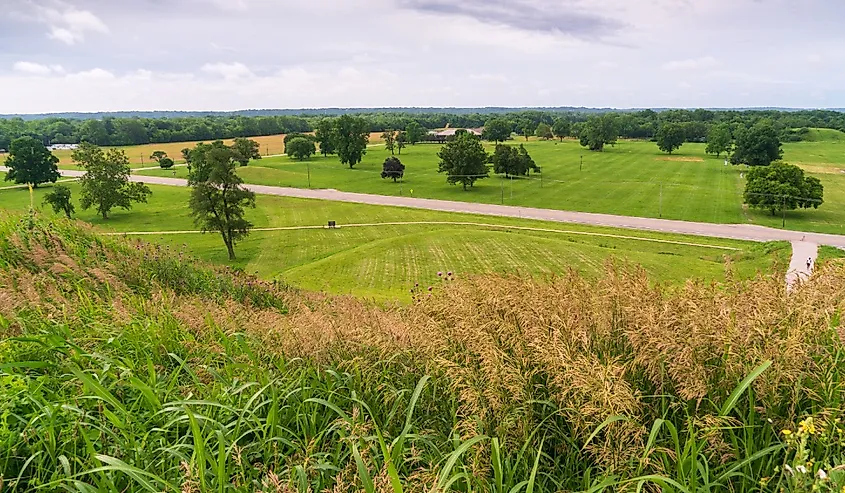
Just south of Monk's Mound, visitors may discover the Grand Plaza, which covered approximately 50 acres, 1600ft in length and 900ft in width! This Plaza was intentionally leveled until flat and used for ceremonial purposes, gatherings as well as ritual games such as chunkey. Cahokian residents would play this game by rolling large stone discs, and players would throw spears where they assumed the disc would land.
Rattlesnake Mound
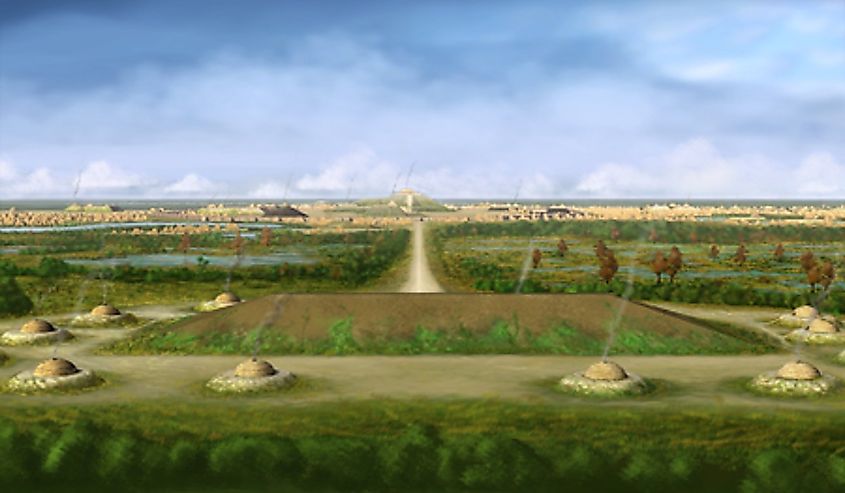
The major ceremonial north-south 'axis' in Cahokia links the primary precinct with the huge ridgetop mortuary mound to its south now known as the Rattlesnake Mound, also known as Mound 66. A notable feature, addressed as the Rattlesnake Causeway by archaeologists, was an elevated embankment that was approximately 18 meters (59 ft) wide, about 800 meters (2,600 ft) in length, and varied in height from 0.5 meters (1.6 ft) to almost 1.3 meters (4.3 ft) as it traverses a truncated swampy area to the south of the notable Grand Plaza. The alignment and placement of this construction project hold great significance as it is thought to imitate the maximum southern moon rise, but backwards, as Rattlesnake Causeway is aligned 5° east of north; meanwhile, the maximum southern moon rise is 5° west of north.
Due to these factors, it had great symbolic associations to the constructors in connection with their lunar maize goddess of the underworld. This is further reinforced by Rattlesnake Causeways' close proximity to the amazing ridgetop mortuary named Mound 72 by archaeologists. The amount of underworld connotations of the shallow water-filled area the causeway traversed, and its ending at the mortuary at the Rattlesnake Mound means the causeway may have been a symbol of the "Path of Souls" for Cahokian residents. A large wooden stockade surrounds this main ceremonial site, perhaps for defensive purposes, although there is no other evidence of warfare.
Mound 72
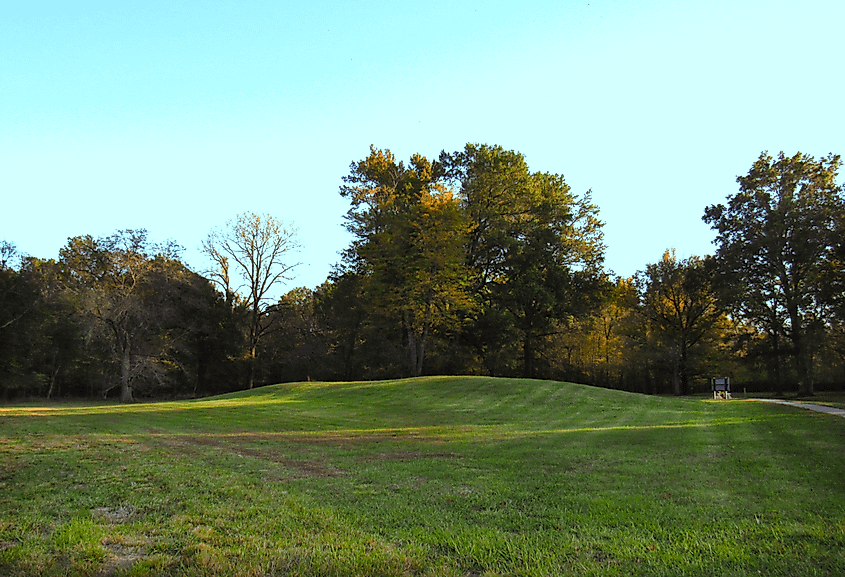
Another significant mound in the civilization of Cahokia is Mound 72, which was a spectacular ridge-top burial mound positioned south of the main urban precinct of Cahokia. After archaeologists excavated the area, they determined Mound 72 to be the final resting place of a man assumed to be in his 40s, speculated to be an extremely significant ruler of Cahokia. When examined, this man appears to be buried upon approximately 20,000 marine-shell disc beads. These thousands of beads were intricately assembled to resemble the shape of a falcon, with the falcon's head placed underneath and beside the Cahokian ruler's head, with the falcon's majestic wings and tail purposely placed beneath the man's arms and legs. Mound 72 was initially comprised of many smaller mounds, built of earth and wood, eventually reshaped and covered in order to create one large mound, now called Mound 72. The wood in this impressive mound has been carbon-dated to 950 and 1000 CE.
Visiting Cahokia Mounds State Historic Site
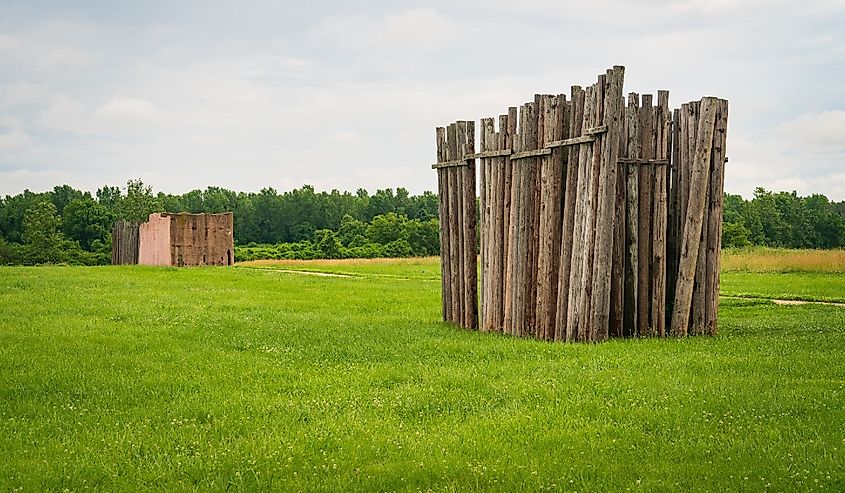
A few miles west of Collinsville, Illinois, travelers will discover the Cahokia Mounds Historic Site. This impeccable historic site is home to the archaeological remnants of the core of the iconic North American city of Cahokia. Some substantial sites within the civilization that tourists may explore via self-guided tours are the exceptional Monks Mound, The Grand Plaza, and the expertly reconstructed ancient sun calendar, Woodhenge. Other activities one may experience while at the Cahokia Mounds Historic site are nature hikes of the stunning scenery of the area and culture hikes, which showcase the culture of the Mississippian peoples in Cahokia. Guided tours open for bookings on May 3rd, and visitors can schedule their tour by calling (618) 346-5160. The grounds are open daily from dawn until dusk. Visitors may find maps and brochures in the Monk's Mound parking lot as well as in the interpretive center. Cahokia Mounds also holds an Indian Market on June 3rd and 4th at the Gateway Convention Centre from 9:00 am to 5:00 pm.
